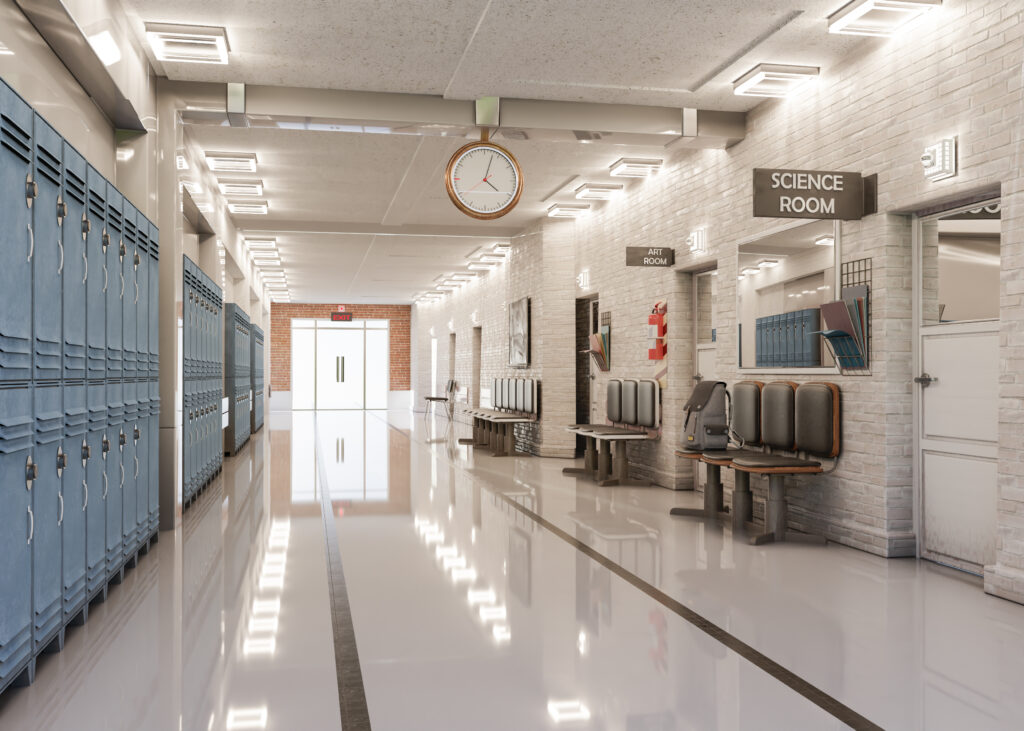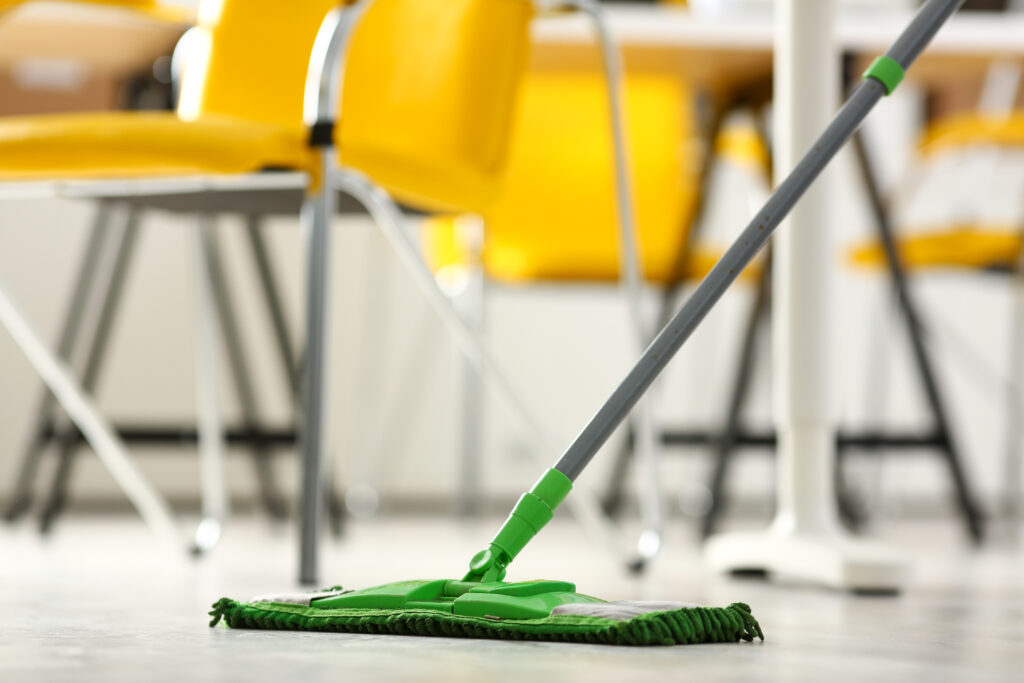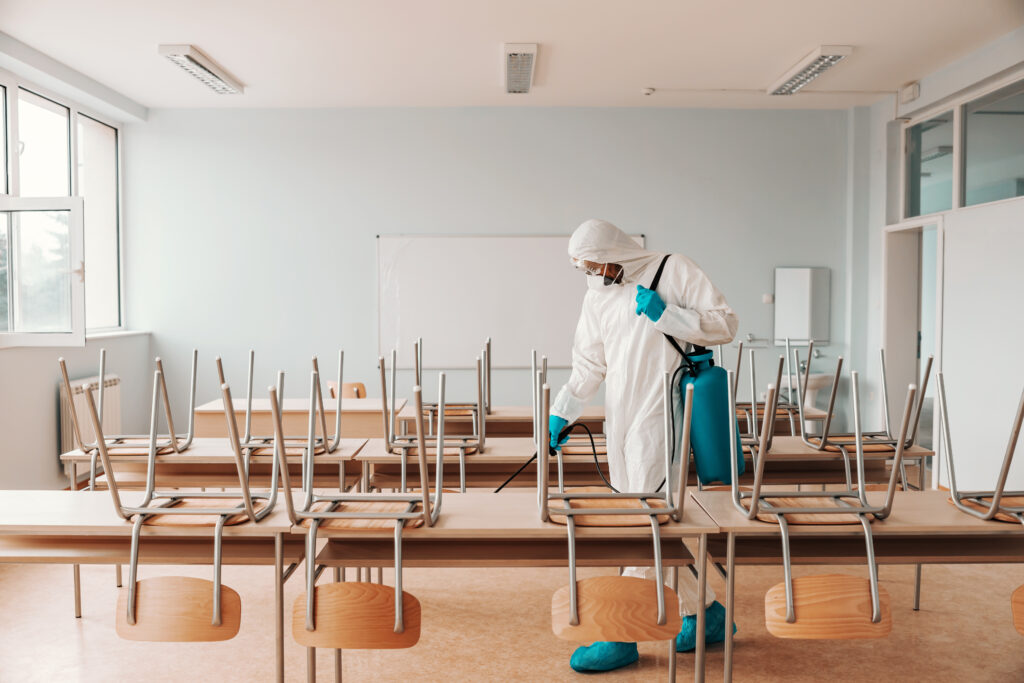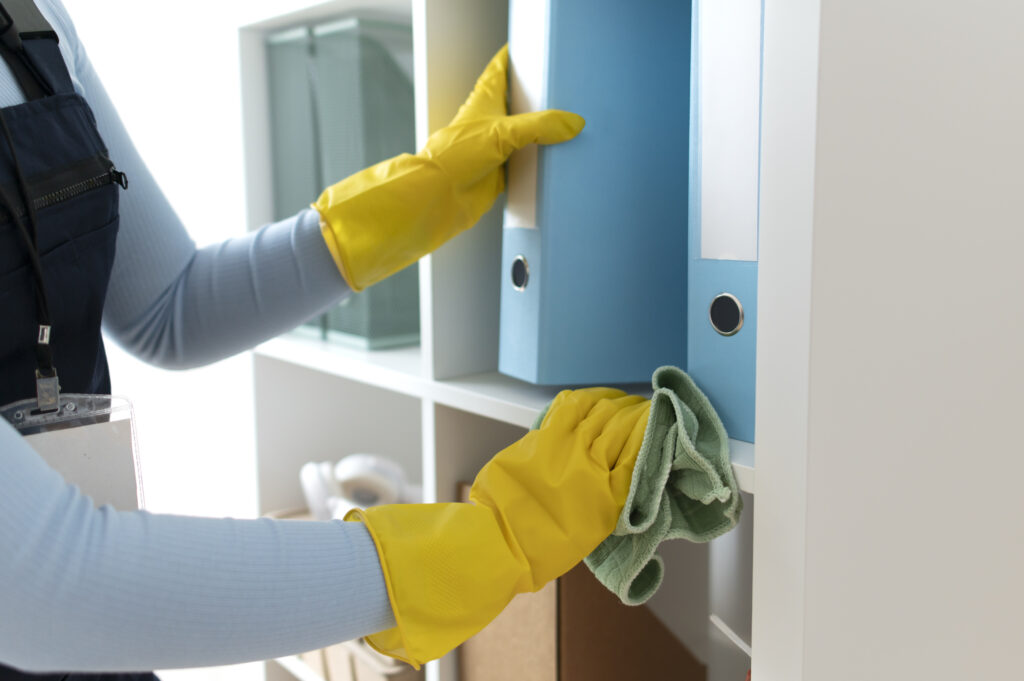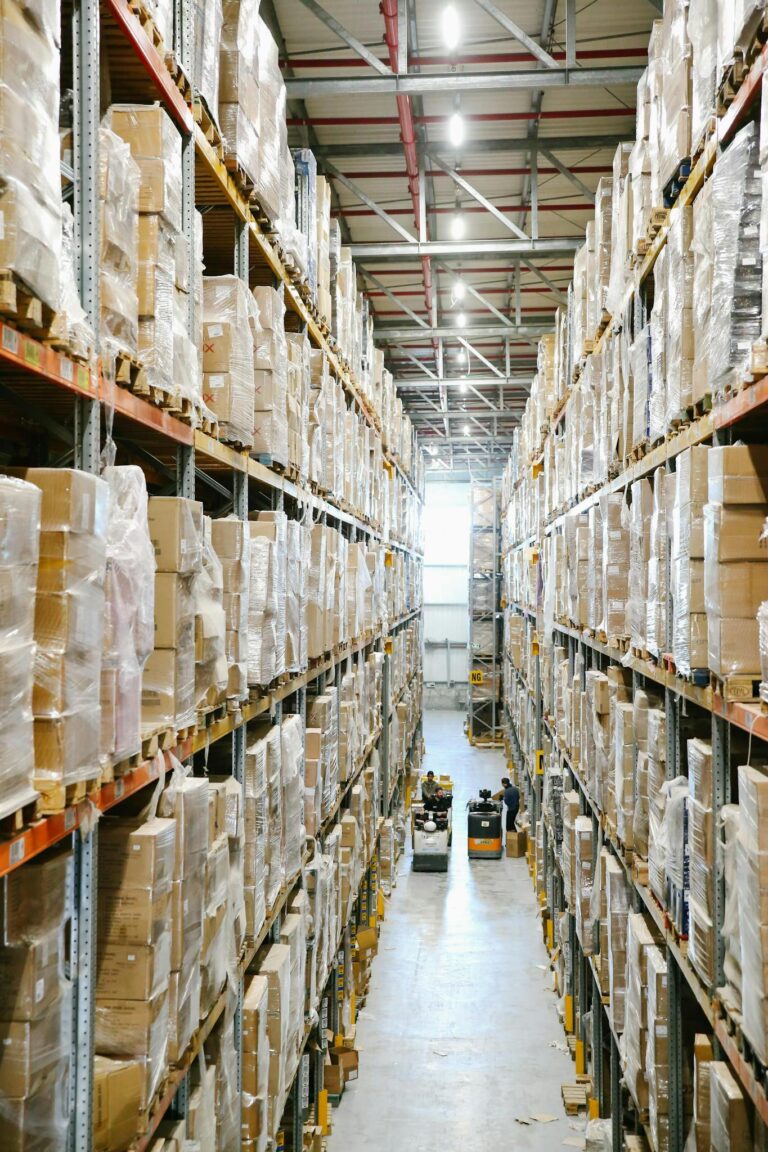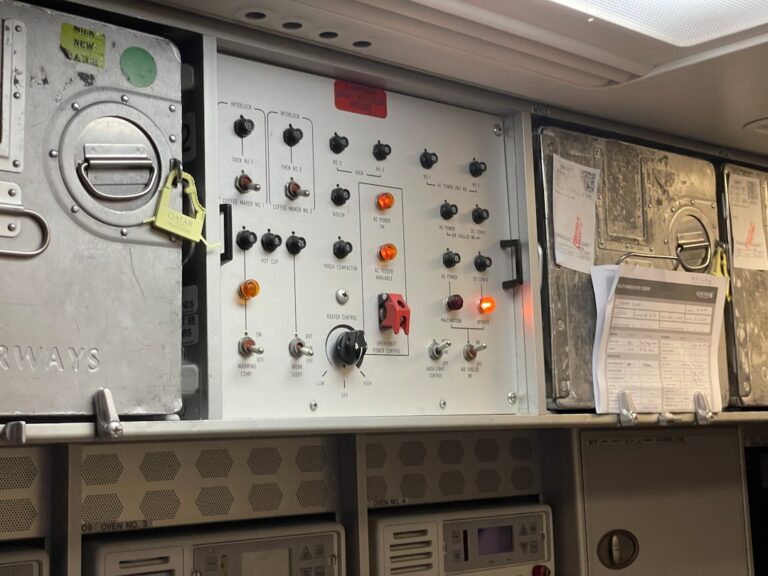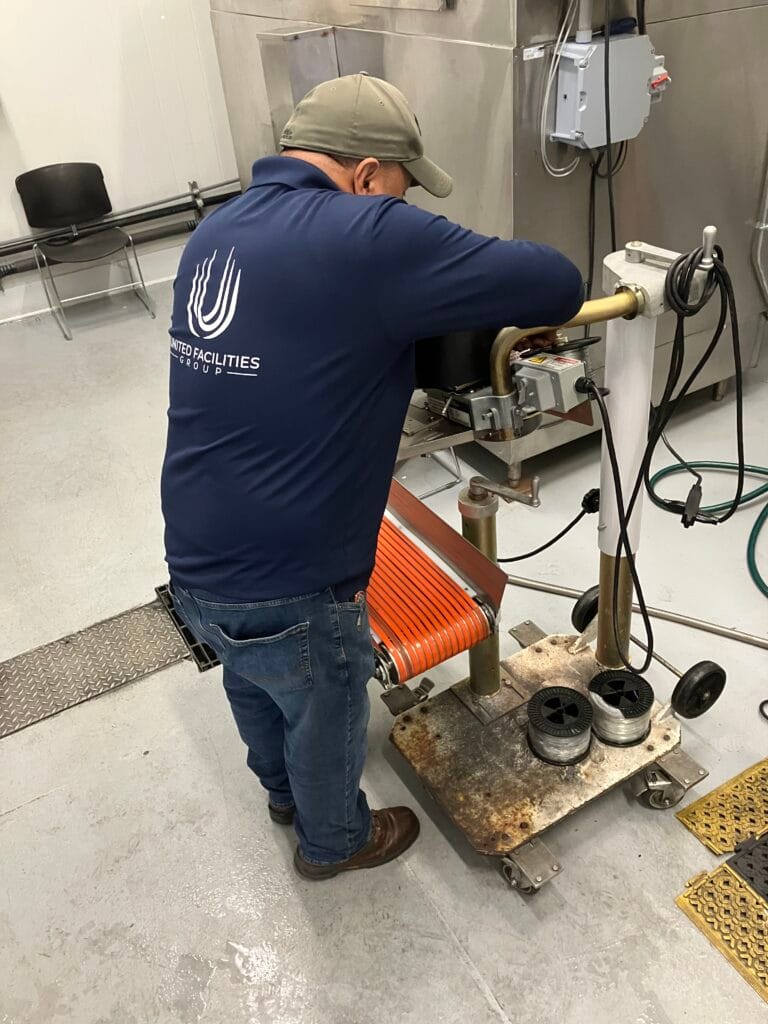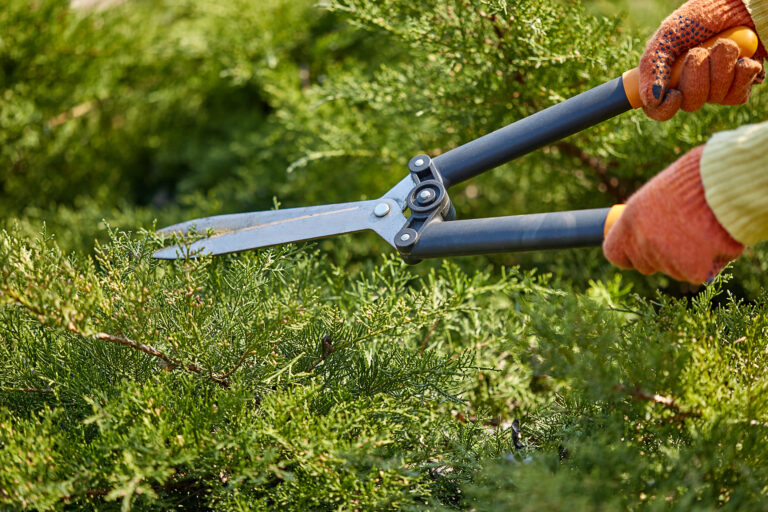In the educational environment, maintaining cleanliness is paramount, particularly when it comes to high-touch surfaces. These surfaces, which include doorknobs, light switches, desks, and shared equipment, are frequently contacted by students and staff throughout the day. The importance of cleaning these areas cannot be overstated, as they serve as potential hotspots for the transmission of germs and viruses.
Regular and thorough cleaning of high-touch surfaces is essential not only for the health and safety of students and staff but also for creating a conducive learning environment. A clean school promotes better attendance, enhances student focus, and fosters a sense of well-being among the school community. Moreover, the COVID-19 pandemic has underscored the critical need for rigorous cleaning protocols in schools.
As educational institutions strive to return to normalcy, the emphasis on cleanliness has intensified. Parents and guardians are increasingly concerned about the health risks associated with sending their children to school. By prioritizing the cleaning of high-touch surfaces, schools can reassure families that they are taking proactive measures to safeguard their health.
This commitment to cleanliness not only helps in preventing outbreaks but also builds trust within the community, reinforcing the school’s role as a safe space for learning.
Key Takeaways
- Regular cleaning of high-touch surfaces in schools is crucial for preventing the spread of germs and illnesses among students and staff.
- Understanding the risks of contamination on high-touch surfaces helps in prioritizing cleaning efforts and implementing effective protocols.
- Identifying high-touch surfaces in school settings such as door handles, desks, and light switches is essential for targeted cleaning.
- Selecting the right cleaning products, such as disinfectants approved by health authorities, is important for effectively eliminating germs on high-touch surfaces.
- Establishing a regular cleaning schedule ensures that high-touch surfaces are consistently cleaned and reduces the risk of contamination.
Understanding the Risks of Contamination
Contamination in schools poses significant risks that can affect both students and staff. The presence of pathogens on high-touch surfaces can lead to the rapid spread of illnesses, including colds, flu, and other infectious diseases. Understanding these risks is crucial for developing effective cleaning strategies.
When students interact with contaminated surfaces, they can easily transfer germs to their hands and subsequently to their mouths or faces, increasing the likelihood of illness. This cycle of contamination can lead to higher absenteeism rates, disrupting the educational process and impacting overall academic performance. Furthermore, certain populations within schools may be more vulnerable to infections.
Young children, for instance, often have underdeveloped immune systems and may be more susceptible to illnesses. Additionally, staff members who may have underlying health conditions could face heightened risks from exposure to pathogens. Recognizing these vulnerabilities emphasizes the need for rigorous cleaning protocols that specifically target high-touch surfaces.
By addressing these risks head-on, schools can create a healthier environment that minimizes the potential for outbreaks and promotes overall well-being.
Identifying High-Touch Surfaces in School Settings
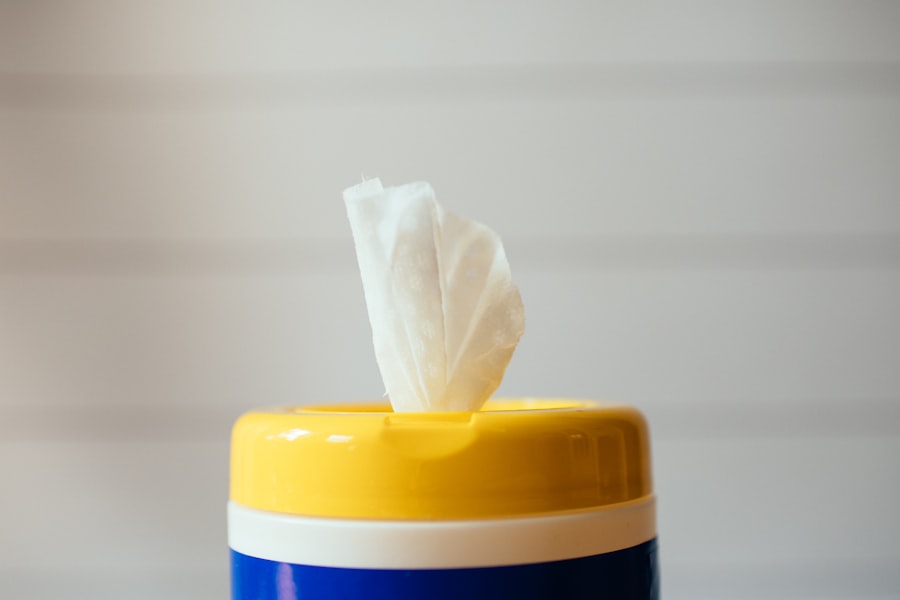
Identifying high-touch surfaces within school settings is a critical step in establishing effective cleaning protocols. These surfaces are often overlooked but play a significant role in the transmission of germs. Common high-touch areas include doorknobs, handrails, light switches, classroom desks, cafeteria tables, and shared technology such as computers and tablets.
In addition to these obvious surfaces, it is essential to consider less visible areas that may also harbor germs, such as the buttons on vending machines or the handles of gym equipment. To effectively combat contamination, schools should conduct a thorough assessment of their facilities to identify all high-touch surfaces. This assessment should involve input from custodial staff, teachers, and administrators to ensure that no area is neglected.
Once these surfaces are identified, schools can prioritize them in their cleaning schedules and allocate resources accordingly. By focusing on these critical areas, schools can significantly reduce the risk of germ transmission and create a safer environment for everyone.
Selecting the Right Cleaning Products
Choosing the right cleaning products is vital for effective sanitation in schools. Not all cleaning agents are created equal; some may not effectively eliminate pathogens or may even leave harmful residues that can affect indoor air quality. Schools should prioritize products that are specifically designed for disinfecting high-touch surfaces and are proven to be effective against a broad spectrum of viruses and bacteria.
It is essential to look for products that meet regulatory standards and have been tested for efficacy in real-world conditions. In addition to effectiveness, safety is another crucial consideration when selecting cleaning products. Schools must ensure that the products used are safe for students and staff, particularly in environments where young children are present.
This includes avoiding harsh chemicals that could cause allergic reactions or respiratory issues. Eco-friendly options are increasingly available and can provide effective cleaning without compromising safety or environmental health. By carefully selecting appropriate cleaning products, schools can enhance their cleaning protocols while ensuring a safe learning environment.
Establishing a Regular Cleaning Schedule
A regular cleaning schedule is essential for maintaining cleanliness in schools and ensuring that high-touch surfaces are consistently sanitized. This schedule should be comprehensive and include daily, weekly, and monthly tasks tailored to the specific needs of each school facility. Daily cleaning should focus on high-touch areas that require frequent attention due to their heavy use throughout the day.
Weekly tasks might include deeper cleaning of classrooms and common areas, while monthly tasks could involve more extensive maintenance activities. Establishing a routine not only helps in keeping surfaces clean but also instills a sense of accountability among custodial staff. When everyone understands their responsibilities and follows a structured schedule, it becomes easier to maintain high standards of cleanliness.
Additionally, schools should remain flexible in their scheduling to accommodate any emerging health concerns or outbreaks that may require intensified cleaning efforts. By prioritizing a regular cleaning schedule, schools can effectively mitigate risks associated with contamination.
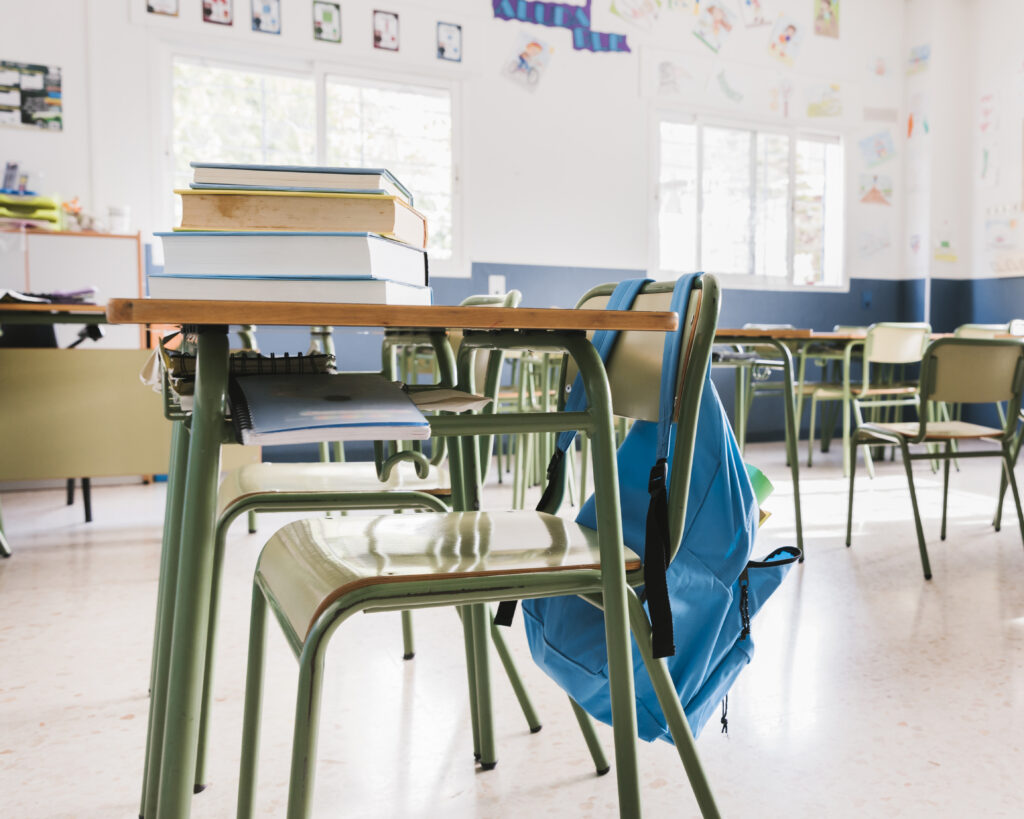
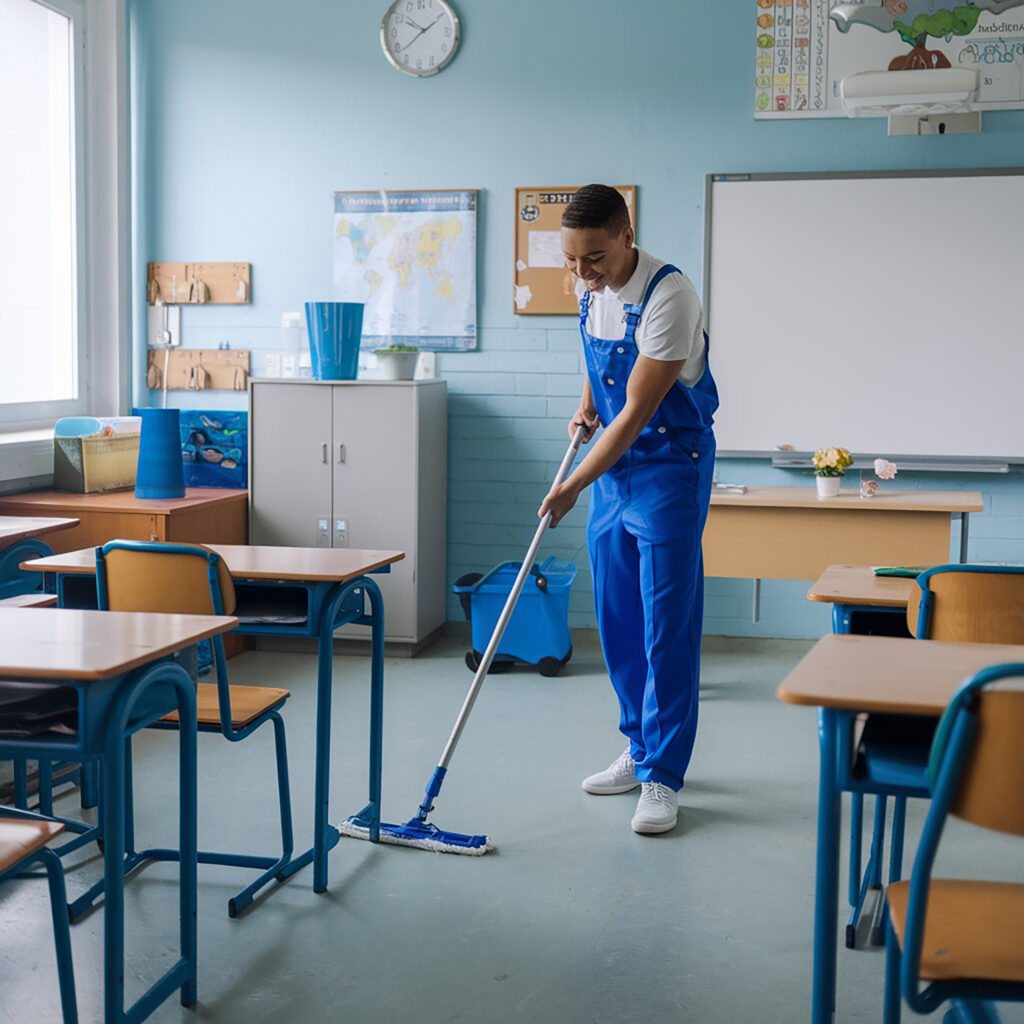
Training Staff on Proper Cleaning Techniques
Training staff on proper cleaning techniques is a fundamental aspect of effective sanitation in schools. Custodial staff must be well-versed in the best practices for cleaning high-touch surfaces to ensure that they are effectively removing pathogens rather than simply moving them around. Training should cover various topics, including the correct use of cleaning products, appropriate application methods, and the importance of following safety protocols.
Moreover, training should extend beyond custodial staff to include teachers and administrative personnel who may also be responsible for maintaining cleanliness in their classrooms or offices. Providing comprehensive training ensures that everyone understands their role in promoting hygiene within the school environment. Regular refresher courses can help reinforce these practices and keep staff updated on any new cleaning protocols or products that may be introduced.
Implementing Protocols for Handling Contaminated Surfaces
Implementing clear protocols for handling contaminated surfaces is crucial for minimizing the spread of germs within schools. These protocols should outline specific steps to take when a surface is suspected of being contaminated or when an illness outbreak occurs. For instance, if a student is reported to have a contagious illness, immediate action should be taken to disinfect affected areas thoroughly.
Schools should establish guidelines for reporting potential contamination incidents so that custodial staff can respond promptly. This may involve isolating affected areas until they can be cleaned properly or using signage to inform others about potential risks. By having well-defined protocols in place, schools can act swiftly to address contamination concerns and prevent further spread within the community.
Utilizing Tools and Equipment for Efficient Cleaning
The use of appropriate tools and equipment can significantly enhance the efficiency of cleaning efforts in schools. Investing in high-quality cleaning tools such as microfiber cloths, mops with disposable heads, and electrostatic sprayers can improve the effectiveness of cleaning while reducing labor time. Microfiber cloths are particularly effective at trapping dirt and germs without the need for harsh chemicals, making them an excellent choice for high-touch surfaces.
Additionally, schools should consider utilizing technology to streamline their cleaning processes. For example, automated floor scrubbers can cover large areas quickly while ensuring thorough sanitation. Implementing these tools not only improves efficiency but also allows custodial staff to focus on other critical tasks within the school environment.
By leveraging modern equipment and technology, schools can enhance their overall cleaning efforts while maintaining high standards of hygiene.
Monitoring and Evaluating the Effectiveness of Cleaning Protocols
Monitoring and evaluating the effectiveness of cleaning protocols is essential for ensuring that schools maintain a safe environment for students and staff. Regular assessments should be conducted to determine whether established cleaning practices are yielding desired results. This may involve visual inspections of high-touch surfaces or even utilizing testing methods to detect residual pathogens.
Feedback from staff members can also provide valuable insights into the effectiveness of current protocols. Engaging custodial staff in discussions about challenges they face during cleaning can lead to improvements in practices or adjustments in schedules. By continuously monitoring and evaluating cleaning efforts, schools can make informed decisions about necessary changes or enhancements to their protocols.
Educating Students and Staff on Hygiene Practices
Educating students and staff about hygiene practices is an integral part of maintaining cleanliness in schools. Awareness campaigns can help reinforce the importance of handwashing, proper respiratory etiquette, and general hygiene habits among students. Schools should incorporate hygiene education into their curriculum or conduct workshops that emphasize these practices.
Additionally, visual reminders such as posters or digital displays can serve as constant prompts for students and staff alike. Encouraging a culture of hygiene within the school community fosters collective responsibility for maintaining cleanliness and reducing contamination risks. When everyone understands their role in promoting hygiene practices, it creates a more supportive environment for health and safety.
Adapting Cleaning Protocols to Changing Circumstances
The ability to adapt cleaning protocols to changing circumstances is vital for schools facing evolving health challenges. As new information about pathogens emerges or as public health guidelines change, schools must be prepared to adjust their cleaning practices accordingly. This flexibility ensures that they remain proactive in safeguarding the health of students and staff.
For instance, during flu season or outbreaks of contagious illnesses, schools may need to increase the frequency of cleaning high-touch surfaces or implement additional disinfection measures. Conversely, if conditions improve significantly, some protocols may be relaxed while still maintaining essential hygiene practices. By staying informed about public health recommendations and being willing to adapt as needed, schools can effectively navigate changing circumstances while prioritizing cleanliness and safety within their facilities.
In conclusion, maintaining cleanliness in schools—particularly concerning high-touch surfaces—is essential for promoting health and safety among students and staff alike. By understanding the risks associated with contamination, identifying critical areas for cleaning, selecting appropriate products, establishing regular schedules, training staff effectively, implementing clear protocols, utilizing modern tools, monitoring effectiveness, educating the community on hygiene practices, and adapting protocols as necessary, schools can create an environment conducive to learning while minimizing health risks. United Facilities Group is committed to supporting Northern California schools in achieving these goals through tailored janitorial services designed specifically for educational settings.
FAQs
What are high-touch surfaces in schools?
High-touch surfaces in schools are areas or objects that are frequently touched by multiple people throughout the day. This can include doorknobs, light switches, desks, chairs, handrails, faucets, and other commonly used items.
Why is it important to clean high-touch surfaces in schools?
It is important to clean high-touch surfaces in schools to prevent the spread of germs and reduce the risk of illness among students and staff. Regular cleaning and disinfection of these surfaces can help maintain a healthy environment and minimize the transmission of viruses and bacteria.
What are the recommended cleaning protocols for high-touch surfaces in schools?
The recommended cleaning protocols for high-touch surfaces in schools include regular cleaning with soap and water, followed by disinfection using an EPA-approved disinfectant. It is important to follow the manufacturer’s instructions for proper use of the disinfectant and to ensure that surfaces remain wet for the specified contact time.
How often should high-touch surfaces in schools be cleaned?
High-touch surfaces in schools should be cleaned and disinfected regularly throughout the day, especially during times of increased illness or when there is a known outbreak of a contagious illness. The frequency of cleaning may vary depending on the level of use and the specific needs of the school.
Who is responsible for cleaning high-touch surfaces in schools?
Cleaning high-touch surfaces in schools is typically the responsibility of custodial staff or cleaning personnel. However, it is important for all members of the school community to be aware of the importance of maintaining clean and hygienic environments and to take proactive measures to help prevent the spread of illness.
